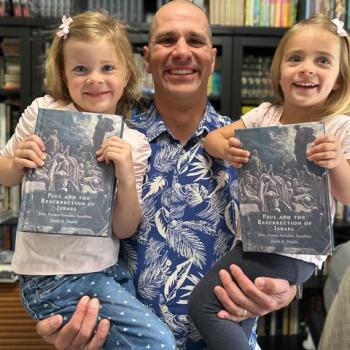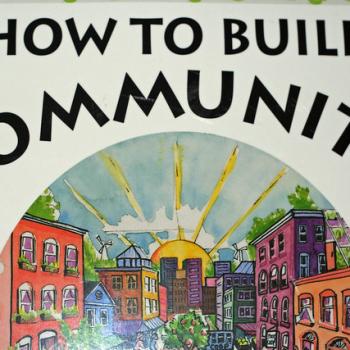We commonly think about crime as something that happens between the government and a defendant. We understand they are the ones represented in court, and they are the ones who participate in the probation, jail, prison, and parole system.
Through this, my work in the criminal justice system sparked my interest in Restorative Justice. Restorative Justice is a way of understanding and practicing justice that is different from our traditional approach in the United States. It gives everyone who is harmed by crime a voice in the process. It focuses on repairing the harm crime causes; not just meting out punishment for breaking rules.
One aspect of Restorative Justice is establishing programs for victim-offender mediation. Victim-offender mediation is, in a way, a form of alternative dispute resolution for criminal cases. Programs often limit themselves to working with unique segments of society such as youthful offenders, or first-time offenders. During my career I helped develop and plan new programs, expand existing programs, and trained mediators.
Mediating with crime victims and people who have committed crimes can be fascinating, challenging, and intense. Regardless of the kinds of behavior or the specific people involved, the exchanges during the mediation sessions often follow a familiar pattern. The mediator speaks with each individual beforehand, and is responsible for the process and management of the balance of power during the mediation. There are often subtle shifts of power, and key moments that provide meaningful opportunities for honest communication.
A good mediator is a sensitive listener, non-directive guide, and a reassuring presence for the people who are participating. It takes a unique balance of hospitality and commitment to protect the mediation process.
Mediation can be very rewarding, both for the people who participate in them as well as for mediators. Most particularly in situations involving criminal charges, mediation can demonstrate a healing approach to reconciliation that is both innovative and based in ancient values and principles.
[ Image by vermegrigio ]

















